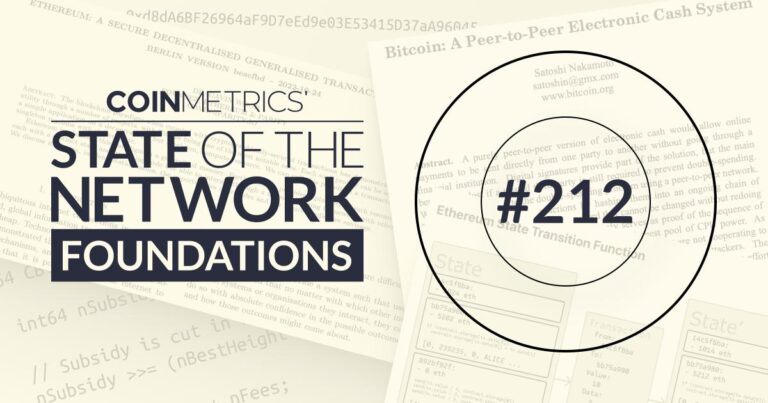
State of the Network Foundations: Hashes
In this week’s State of the Network we return with our Foundations series, which presents various “technical” aspects of blockchain technology in an approachable

In this week’s State of the Network we return with our Foundations series, which presents various “technical” aspects of blockchain technology in an approachable

This paper introduces a methodology for determining the market share of every major Bitcoin mining machine, or ASIC, by analyzing

The Ethereum community has always had a somewhat strained relationship with miners. The network’s proof of work algorithm, Ethash, was

Ethereum and Mining The Ethereum community has always had a somewhat strained relationship with miners. The network’s proof of work

Miners are often considered natural sellers of bitcoin (BTC). Their revenue is earned from block rewards and transaction fees which

Miners are frequently blamed for causing dips in the price of Bitcoin. These accusations are often unsubstantiated—worse still, they’re sometimes

Using a new methodology that looks at addresses one hop out from the coinbase transaction, this report quantifies miner holdings

Key Takeaways Using a new methodology that looks at addresses one hop out from the coinbase transaction, this report quantifies

Over the last eleven years, Bitcoin has managed to function relatively seamlessly in the face of a large number of

Key Takeaways Bitcoin’s decentralization can be quantified in terms of supply dispersion, hashpower distribution, and exchange consolidation, among other metrics.